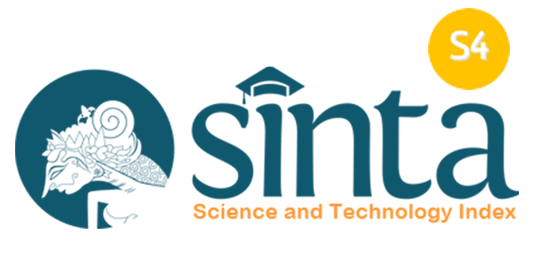IDENTIFICATION OF LAND COVER CHANGESFROM LANDSAT 8 OLI SATELLITE IMAGERY USING NORMALIZED DIFFERENCE VEGETATION INDEX (NDVI) METHOD (STUDY CASE: SURABAYA)
DOI:
https://doi.org/10.12962/j27745449.v2i1.74Keywords:
Land cover, NDVI, VegetationAbstract
Changes in land use in an urban area, such as Surabaya have a major influence on the balance of nature and the environment of its people. Analysis related to changes in land use from time to time is important to maintain the dynamics of development in Surabaya. The land use identification method in this study utilizes the Normalized Difference Vegetation Index (NDVI) to identify the effect of differences in the spectrum due to vegetation and non-vegetation. Satellite image data is analysed based on the spectrum and the results of the land cover classification have been obtained. From six classes of land cover classification results, it was found that the largest decreasing trend in the area was in class 6, one of which contained urban forest around 13% to 9%. For the trend of increasing area, the largest area occurs in class 5, which includes a land cover of undeveloped land which has the potential for building and infrastructure construction to be carried out around 15% to 19%. Surabaya has a development pattern on the use of vacant land for public and private facilities, which has the potential to reduce the area of an urban forest. Given that the function of forests in urban areas is quite necessary for the stability of air temperature and maintaining the beauty of the city.







